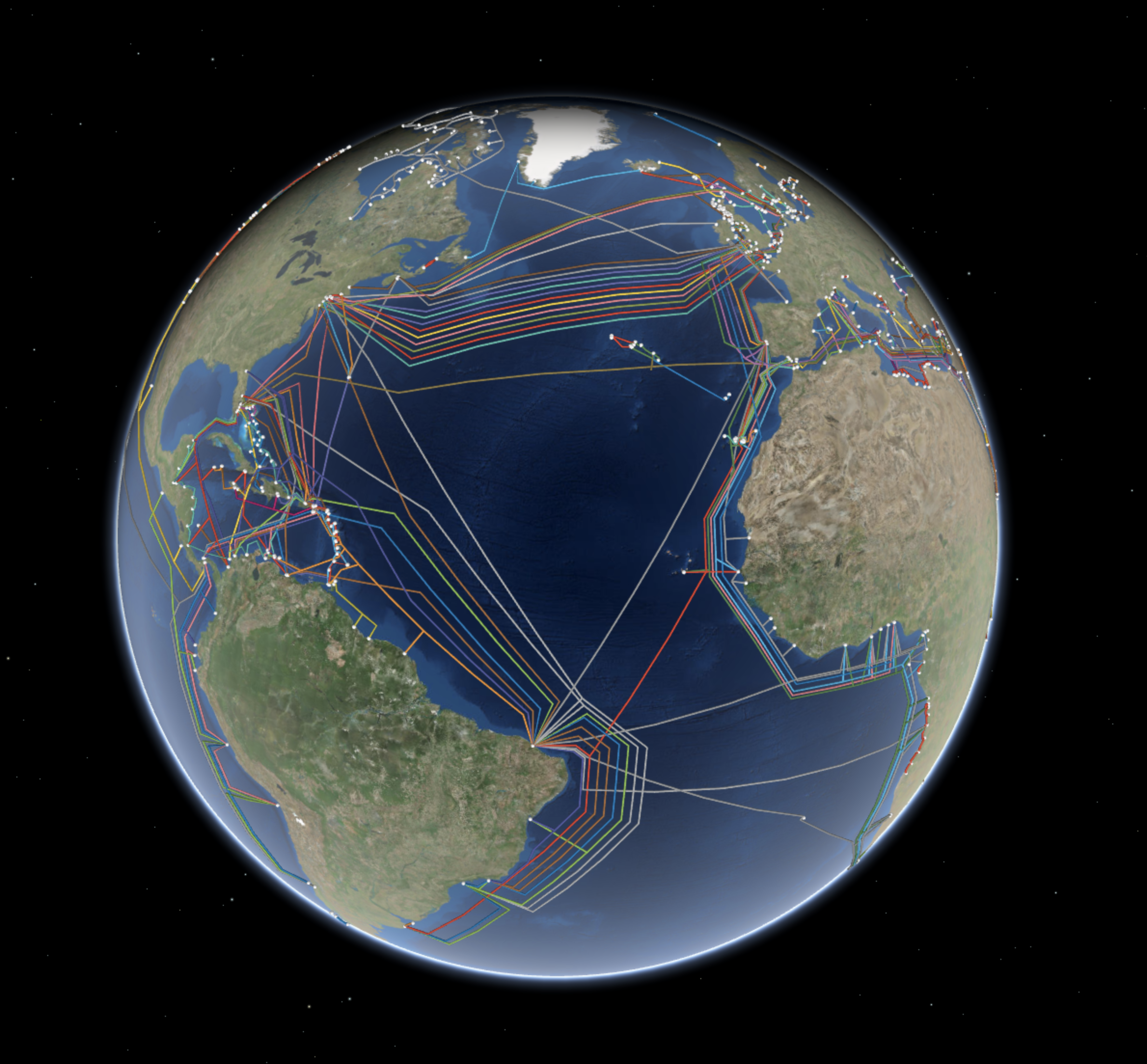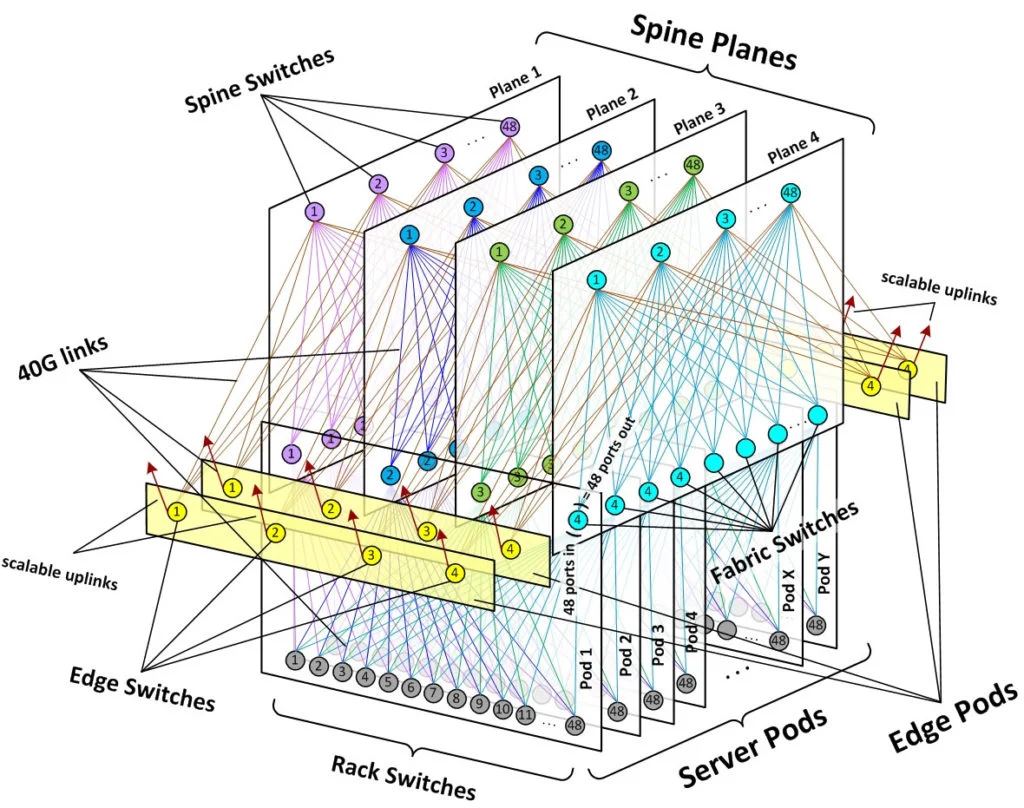Most who are working on edge data centers are not networking people and edge data centers are thought of an expansion of existing data centers. An example is the application to Cellular Sites/Towers and many thinking that micro data centers will show up at all the cellular sites and many more will show up.
Data Foundry has a nice post on Edge Data Centers.
“data processing power at the edge of a network instead of in a cloud or a central data warehouse.”
This is a common description of what the edge data center is. But what few ask is what is the network topology for edge data centers. below is an example of cellular network.
When you look at this diagram there are many that assume that the complex network is bypassed by putting content on the edge.
As part of the movement to 5G there are many changes coming which includes a Network Function Virtualization. If you think the cellular network is going to change to support 5G, then check out this Network World post from 2014.
“Clos networks is one of those enduring concepts that we will undoubtedly see again and again in the evolution of networking technologies.”










